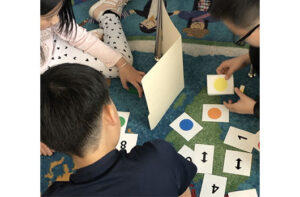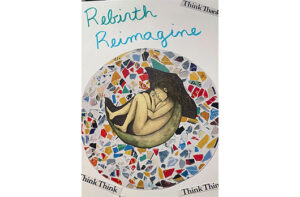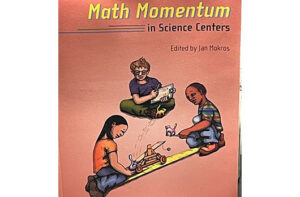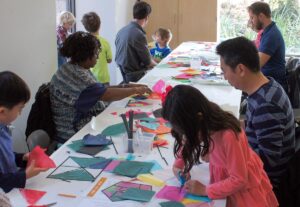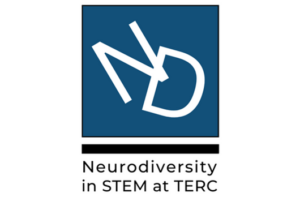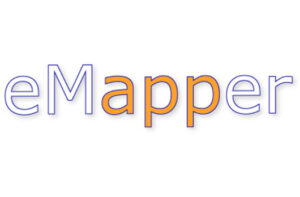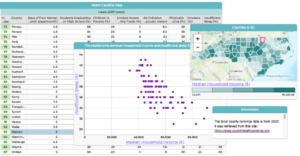Kindergarten And First-Grade Students’ Understandings of Arithmetic Properties
Rafael Ramírez, Bárbara M. Brizuela, and Maria Blanton
Ramirez, R., Brizuela, B. M., & Blanton, M. (2024). Kindergarten And First-Grade Students’ Understandings of Arithmetic Properties. Canadian Journal of Science, Mathematics, and Technology Education. https://doi.org/10.1007/s42330-024-00331-3
Abstract
In this article, we present research on eight kindergarten and eight first-grade students’ understandings of the arithmetic properties of commutativity, additive identity, and additive inverse during a classroom teaching experiment, selected from a larger study that included 88 students. In this study, we explore the students’ types of understandings in terms of Skemp’s (1987) framework (instrumental and relational), the basic relationships in the conceptual field of additive structures (combination, transformation, and comparison), and their performance on different problems involving numerical operations, equations, and word problems. Our findings show that students performed better on additive identity and additive inverse properties. Problems involving substituting and simplifying expressions that combined two properties had a lower performance rate. The differences in understandings and performance observed between kindergarten and first-grade students have implications for instructional design geared to introduce arithmetic properties in the early grades. This study highlights the difference between correctly solving a problem and providing evidence of a relational understanding.



